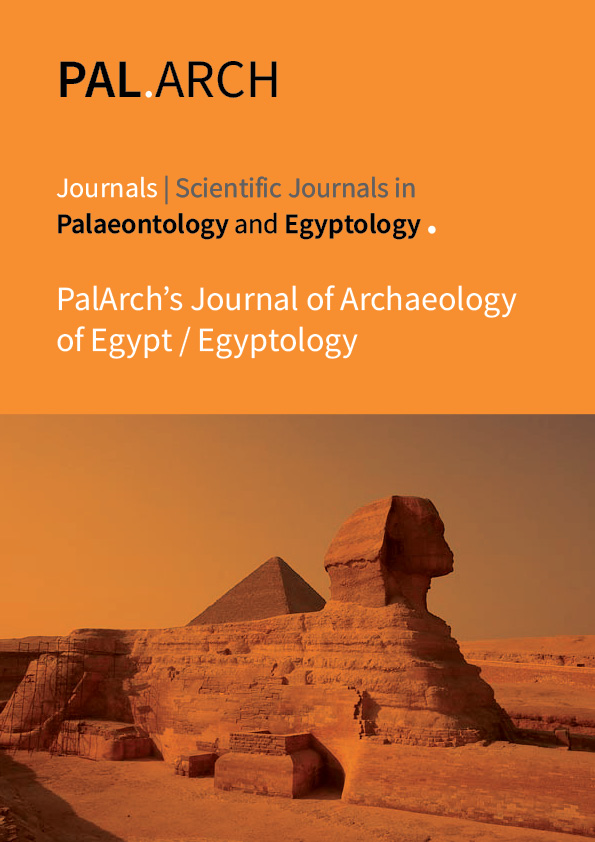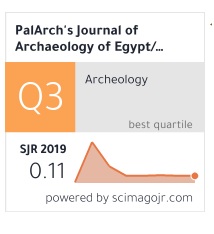A PERCEIVED EXISTING WORLD: CHILDREN’S, TEACHERS’, AND PARENTS’ PERCEPTIONS OF SOCIAL MEDIA SITES USE
Keywords:
Parents, students, teachers, cyberbullying, social network site.Abstract
Social media sites (SMS) are increasingly being used by children and teenagers. They may cause both benefits (such as increased social capital) and risks as a result of this (e.g., cyberbullying). As a result of internet mediation behaviors, parents and teachers have a significant impact on how their children perceive the world. Existing research on children's and adults' perceptions of the risks and benefits of SMS use in the home and school contexts is scarce. This study examined how adults mediate children's and parents' perceptions of SMS risks and benefits. Within this research, a group of 976 people were involved, including 313 parents (aged 28–48), 214 teachers (aged 26–54), and 449 kids (aged 7–12). Individual semistructured interviews were conducted with participants to learn about their use of SMS, their perceptions of the risks and benefits, and their internet mediation habits with adults. According to the findings, the most important benefit is the creation of social capital through bonding. Children are aware of stranger danger, but they are not aware of the additional risks they face when using computers and mobile devices (e.g., cyberbullying). Restrictive mediation practices among parents and teachers are influenced by concerns about stranger danger, child safety, and a lack of online responsibility in children. In light of these findings, it is critical to shift the focus of e-safety education away from stranger danger and toward discussing the broader SMS risks and benefits. This will require more financial investment and policy support to overcome current obstacles.



